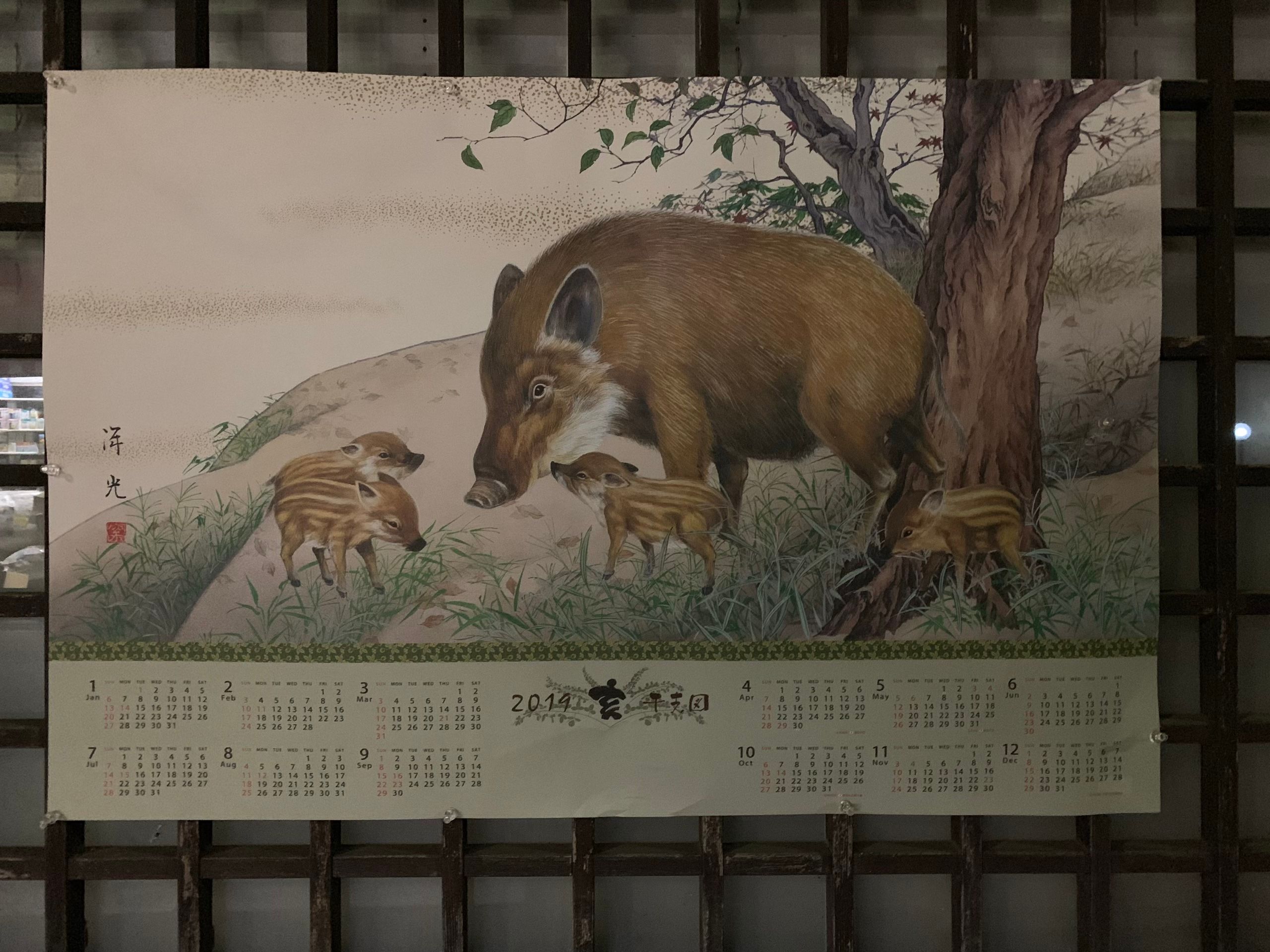Day 12 (February 4, 2019)
Mochii, Kōchi → Oda, Ehime
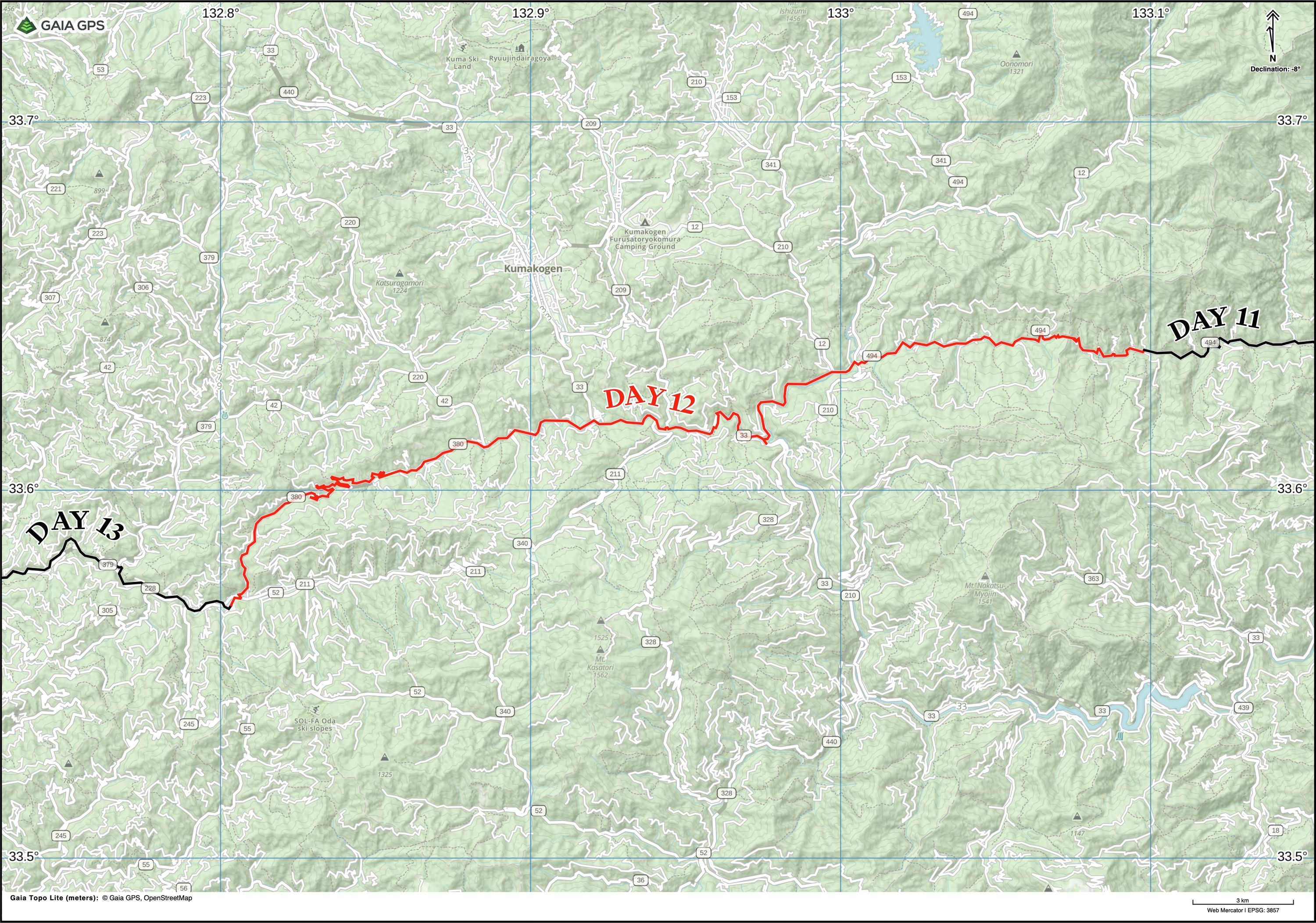
It was in Ehime Prefecture, two years ago, that I learned there was a god in everything in this land, and that they couldn’t care less about my rational European ways, and now the clouds dissipated, and I dreamed of oranges, and I walked back into Ehime.
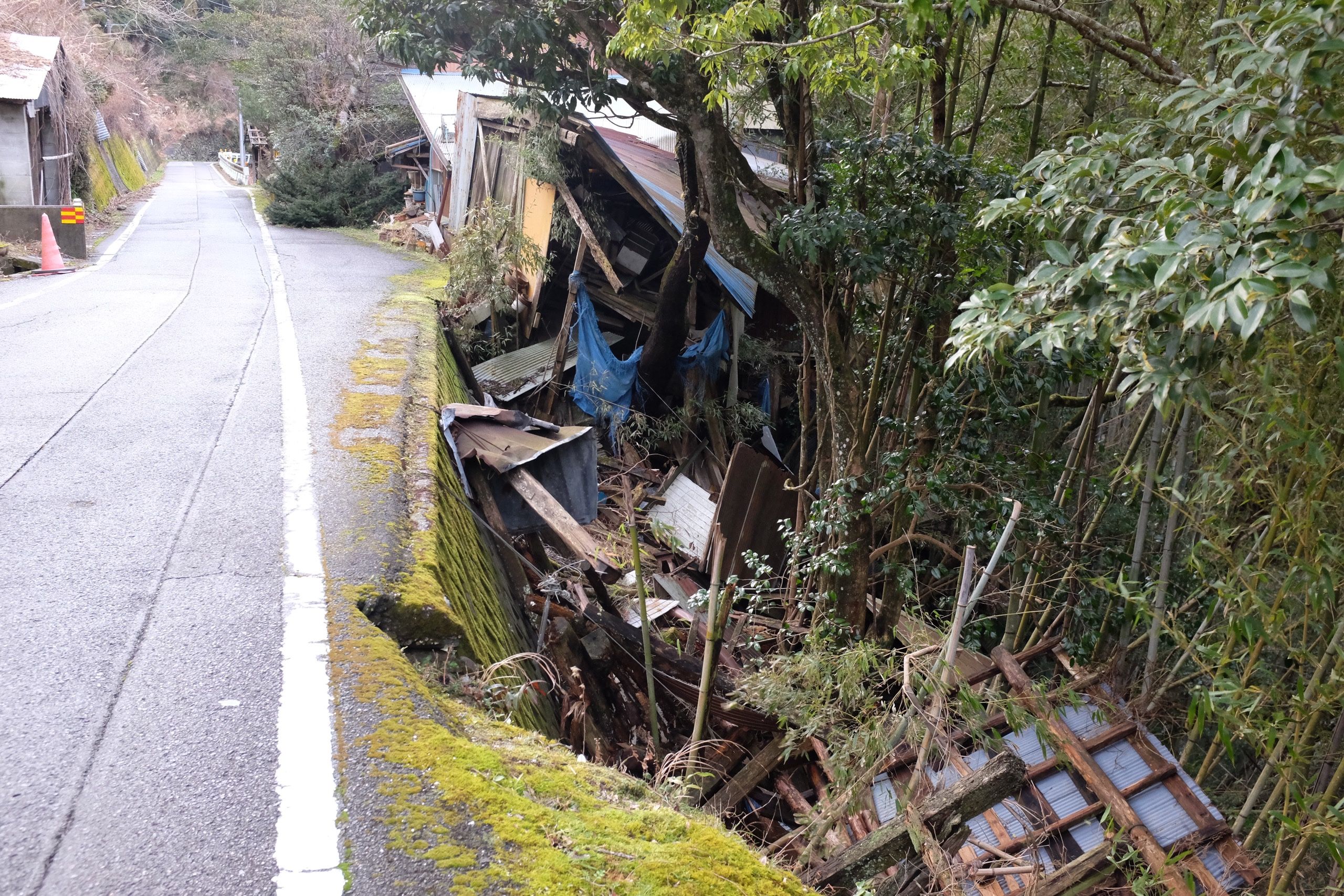
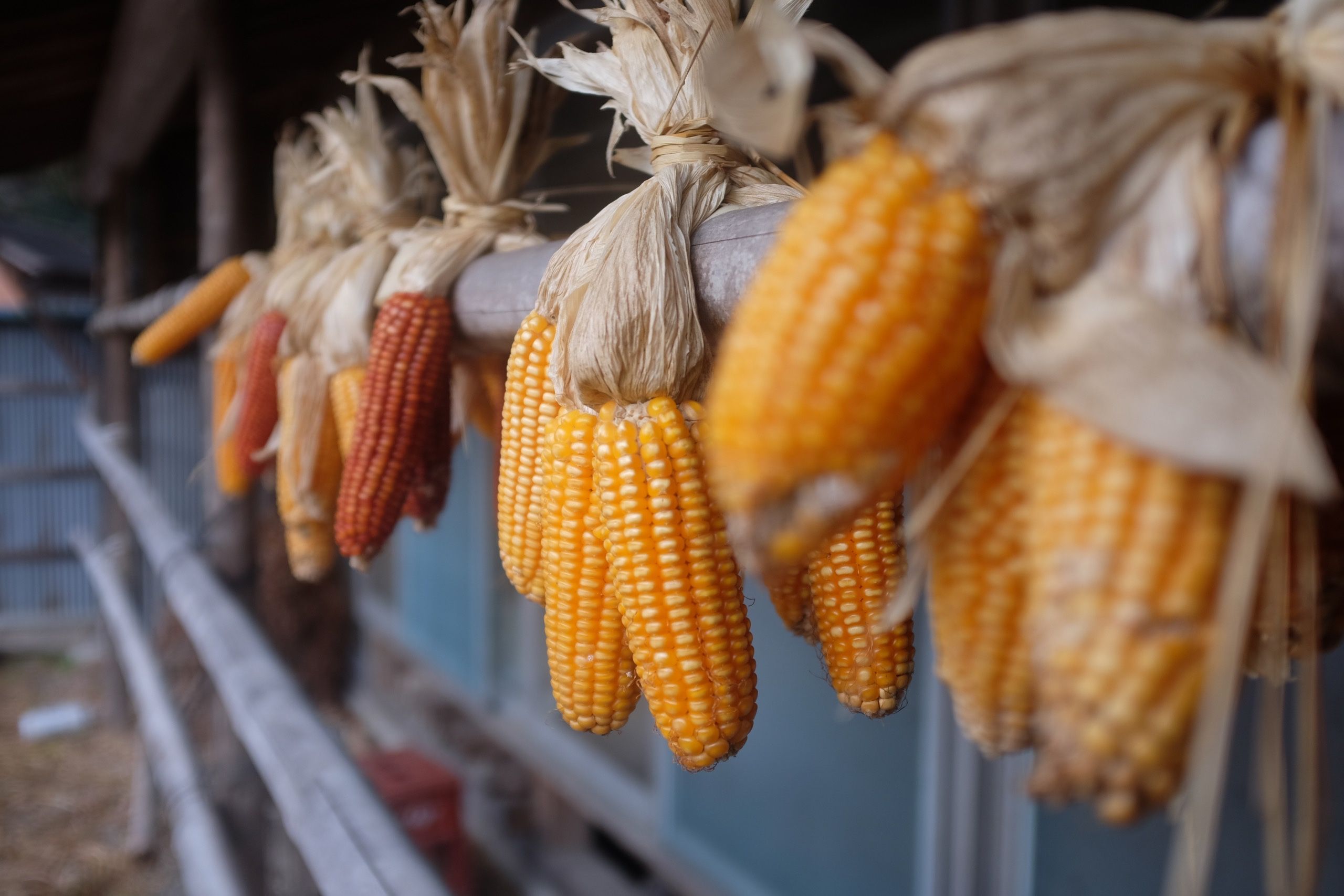
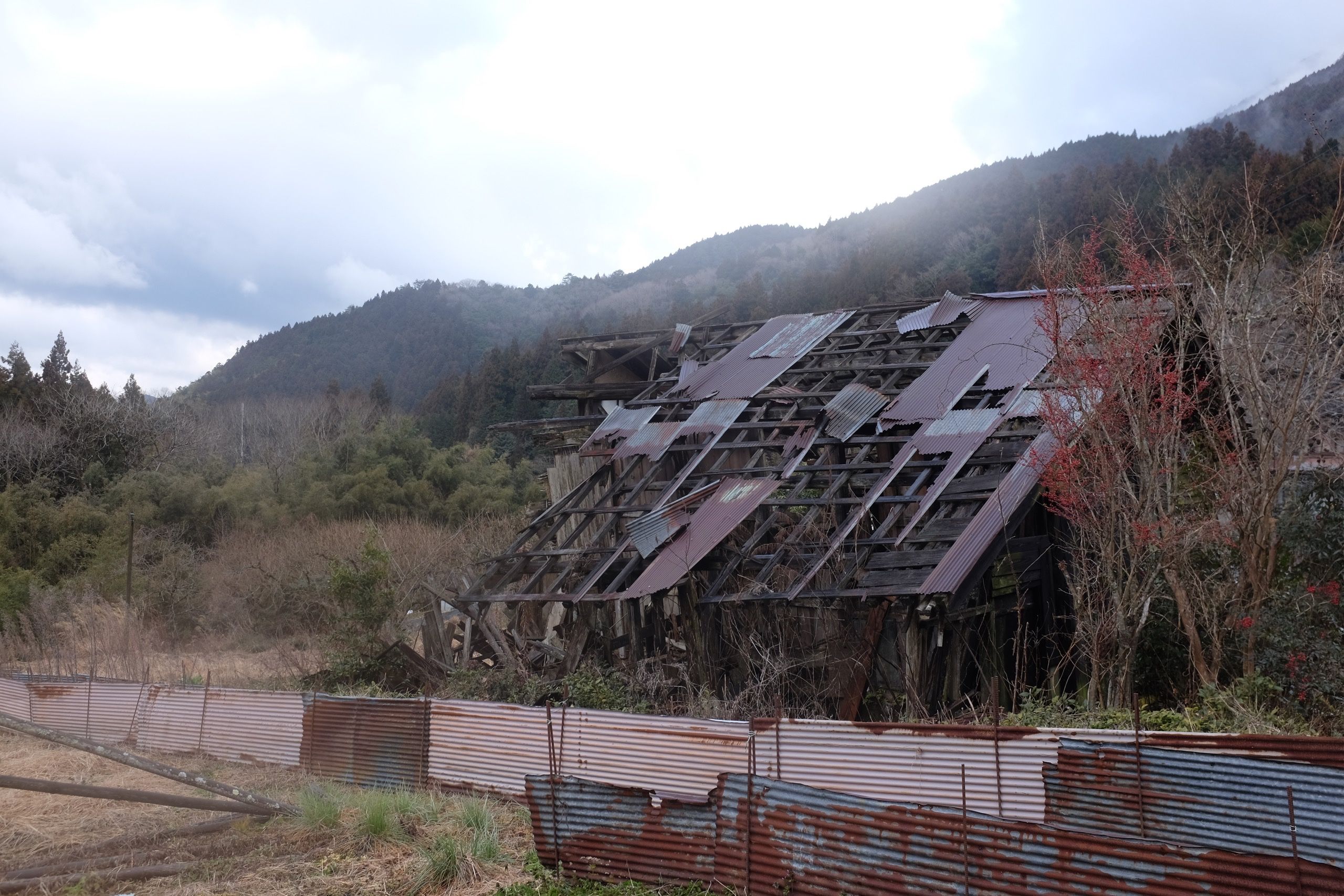
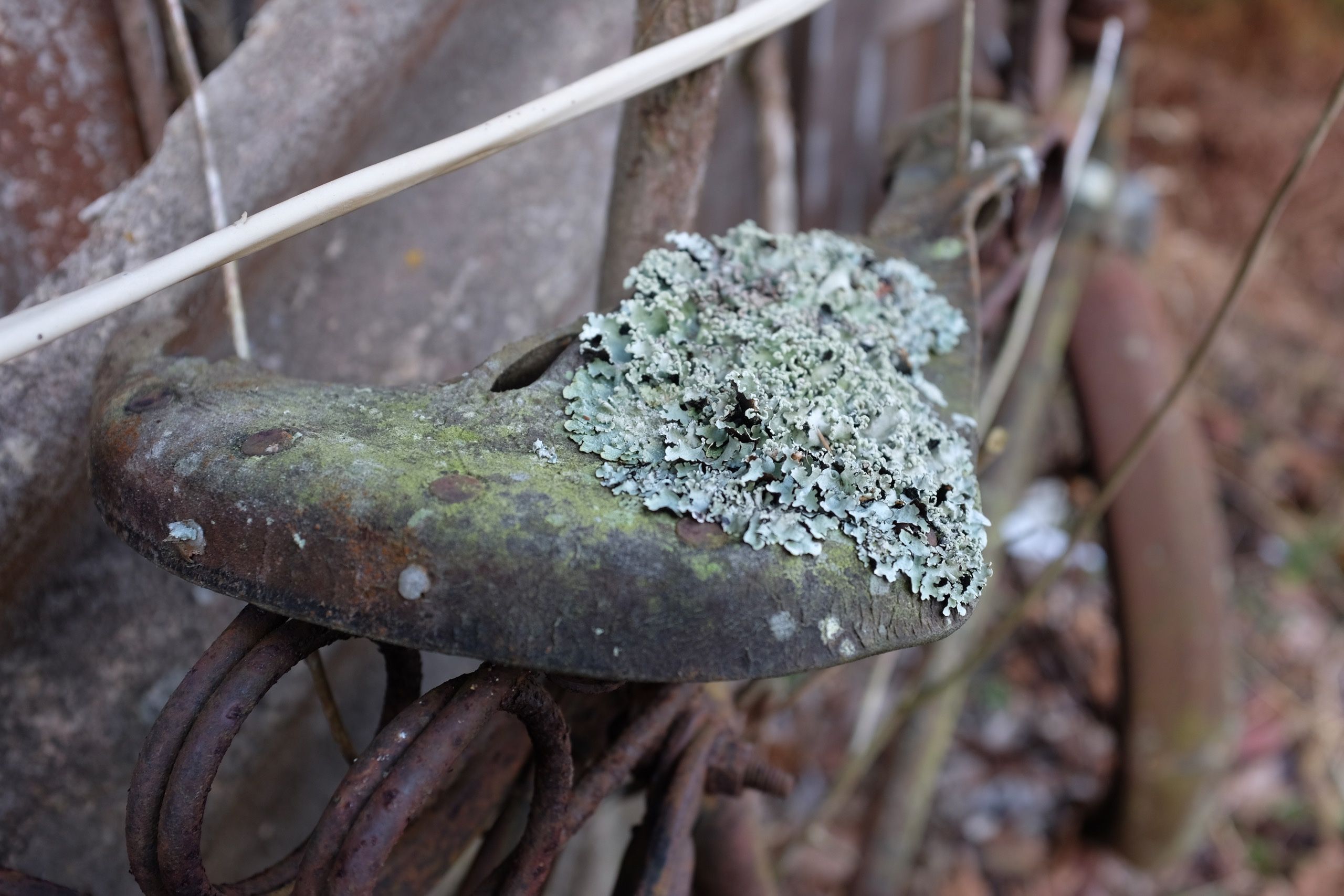
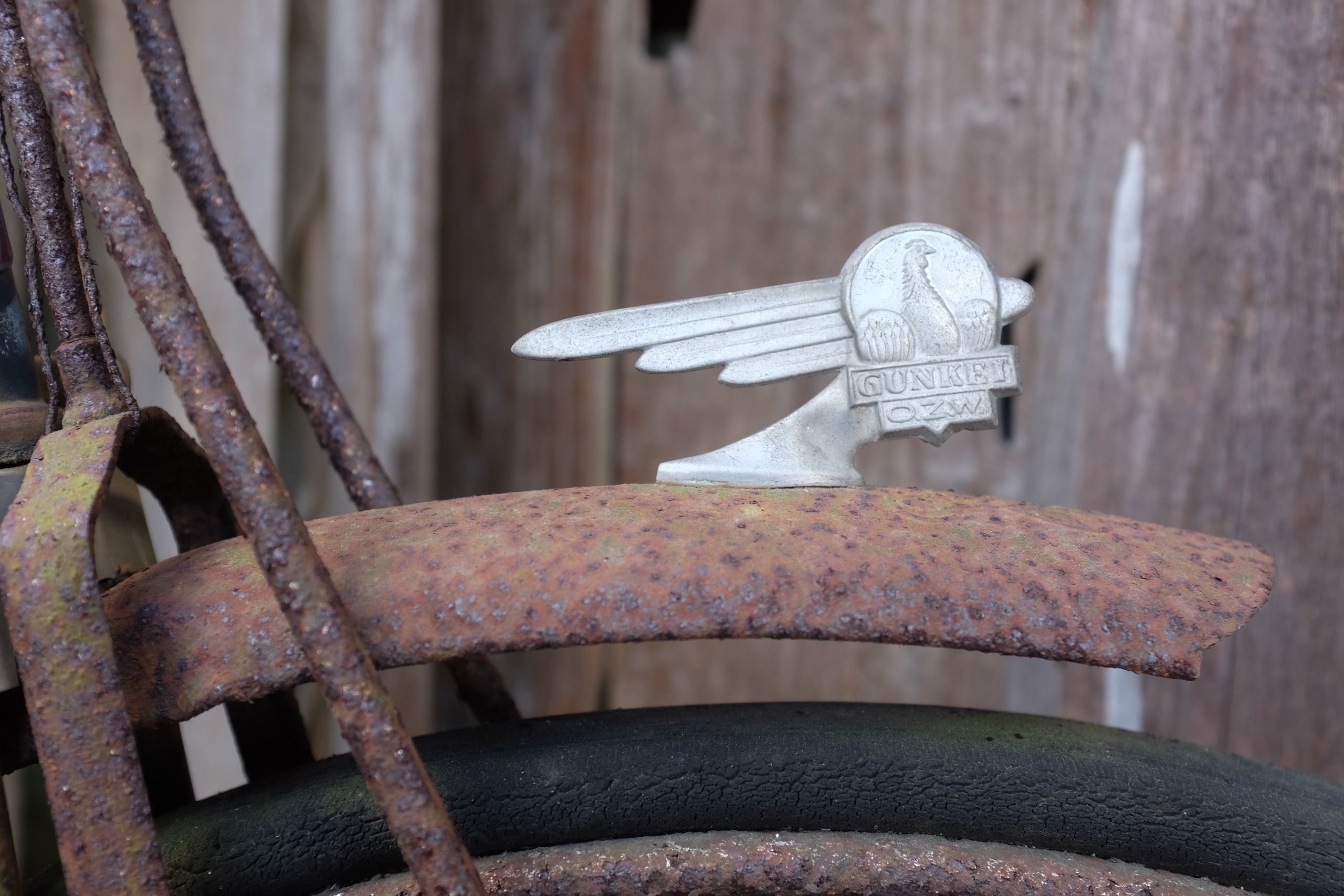
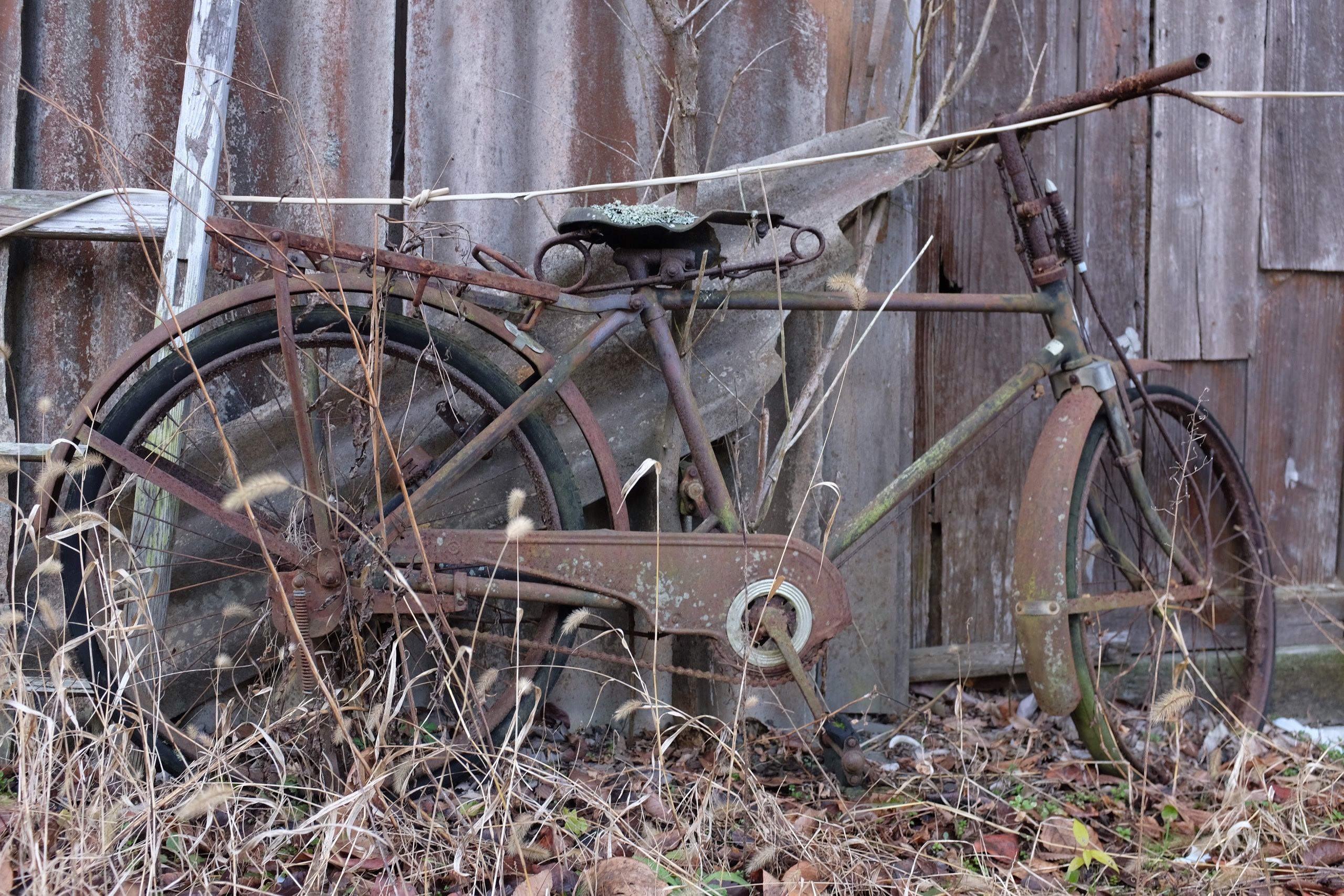
Business idea:
- Collect vintage bicycles from rural Japan
- Wait until the bricks-and-blackboards aesthetic runs its course with third-wave coffee shops and is replaced by a rust-and-lichen look
- Profit!
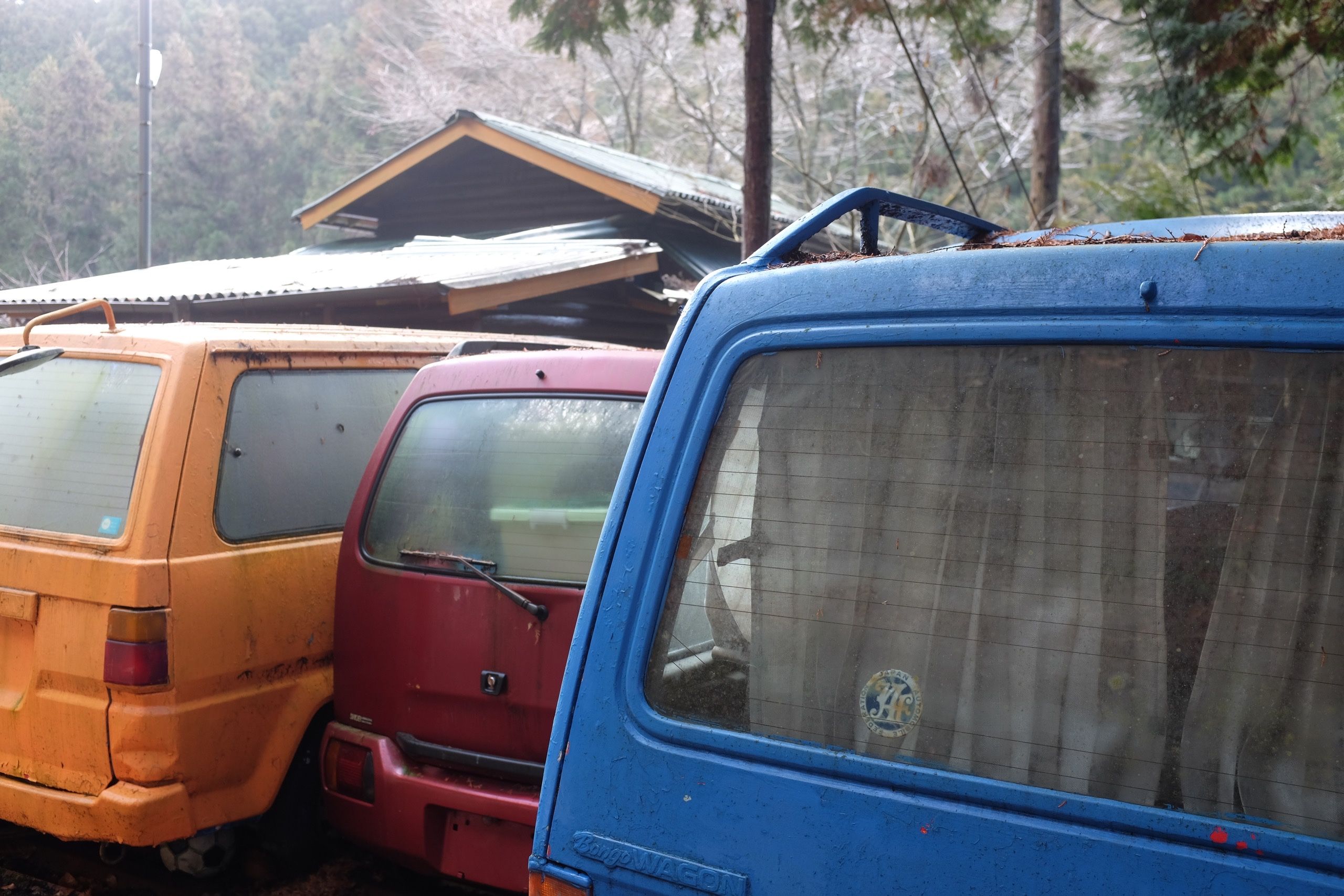
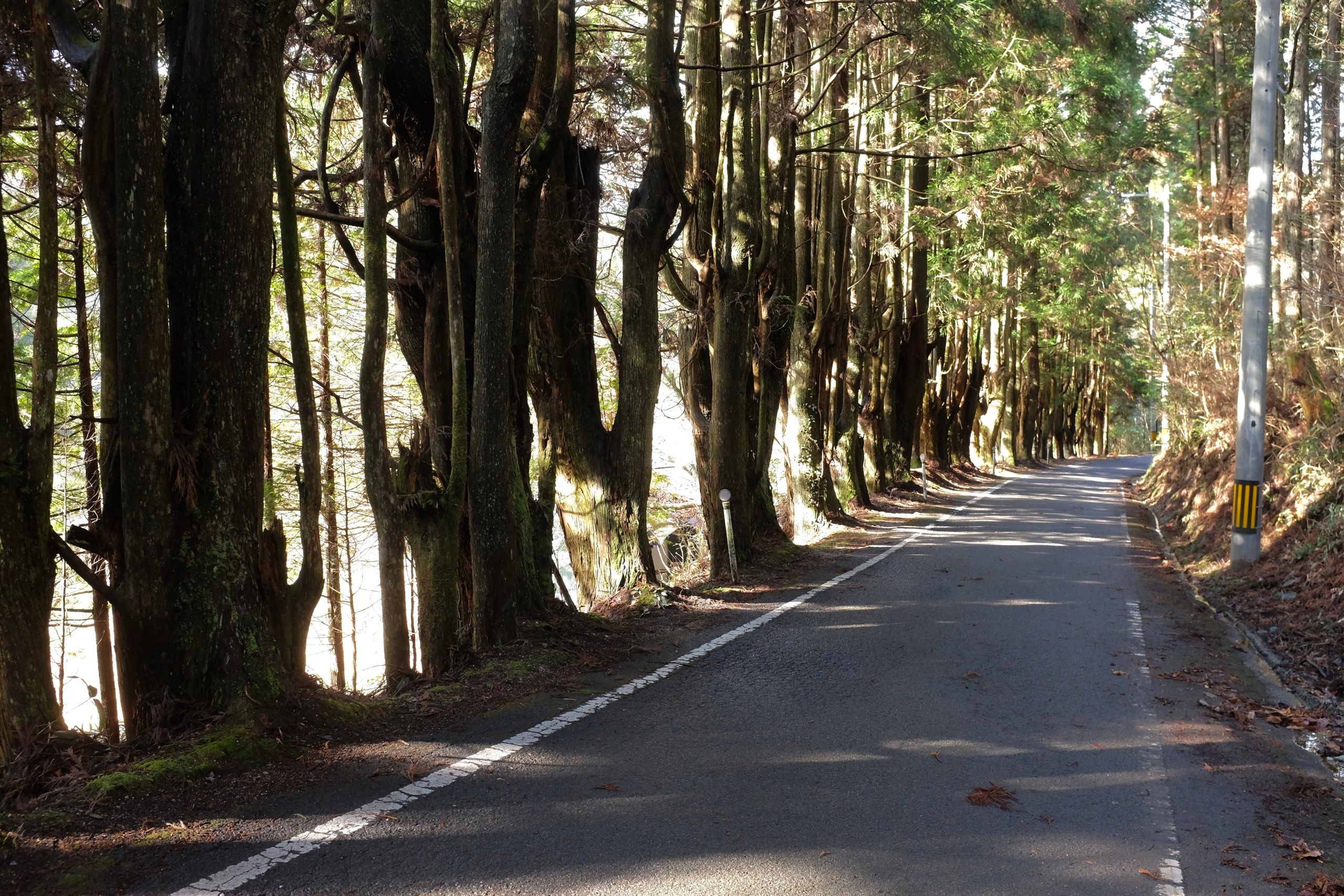
It was the last day of winter, but as I walked out of the mountains and down an avenue of cypress glowing golden green, it felt like the first day of summer.
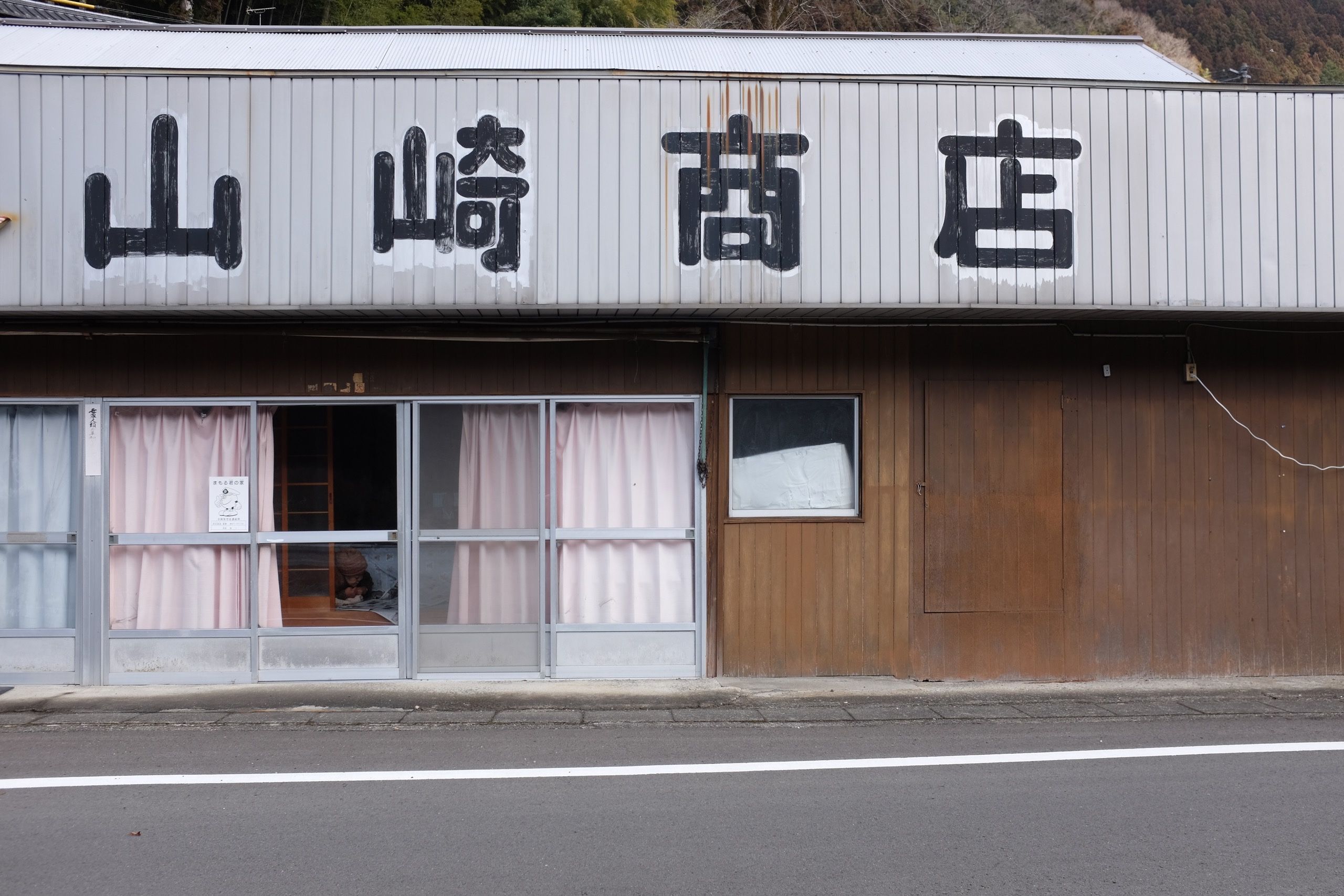
“The windy road rose steep and high, twisting through hamlets where all the people I glimpsed in their houses were horizontal, having given up the search for distractions in favor of unconsciousness,” Alan Booth wrote of the road through these remote valleys of Ehime, and the only person I could glimpse in her house was still horizontal 36 years on, having given up unconsciousness in favor of the search for distractions in the newspaper.
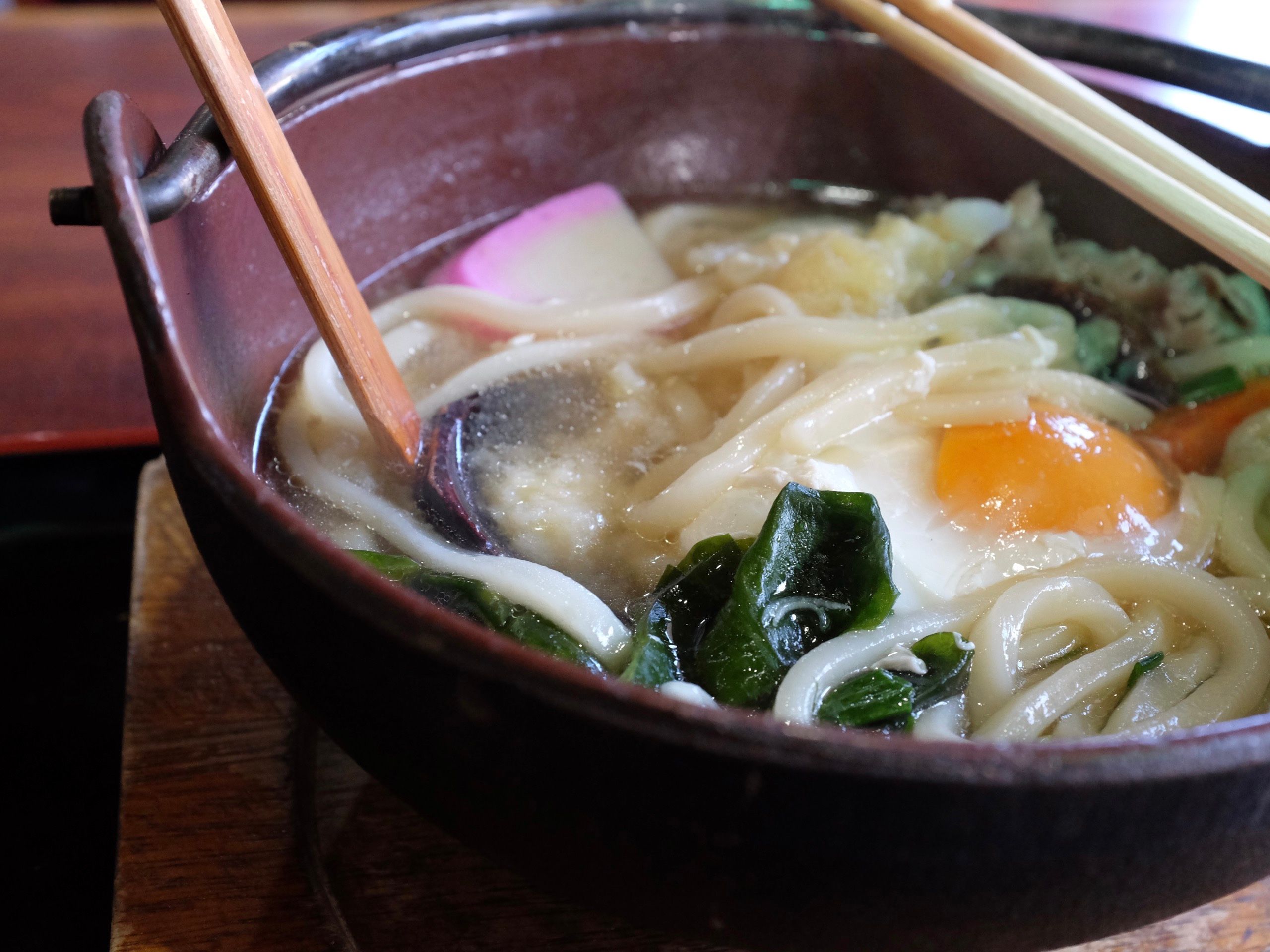
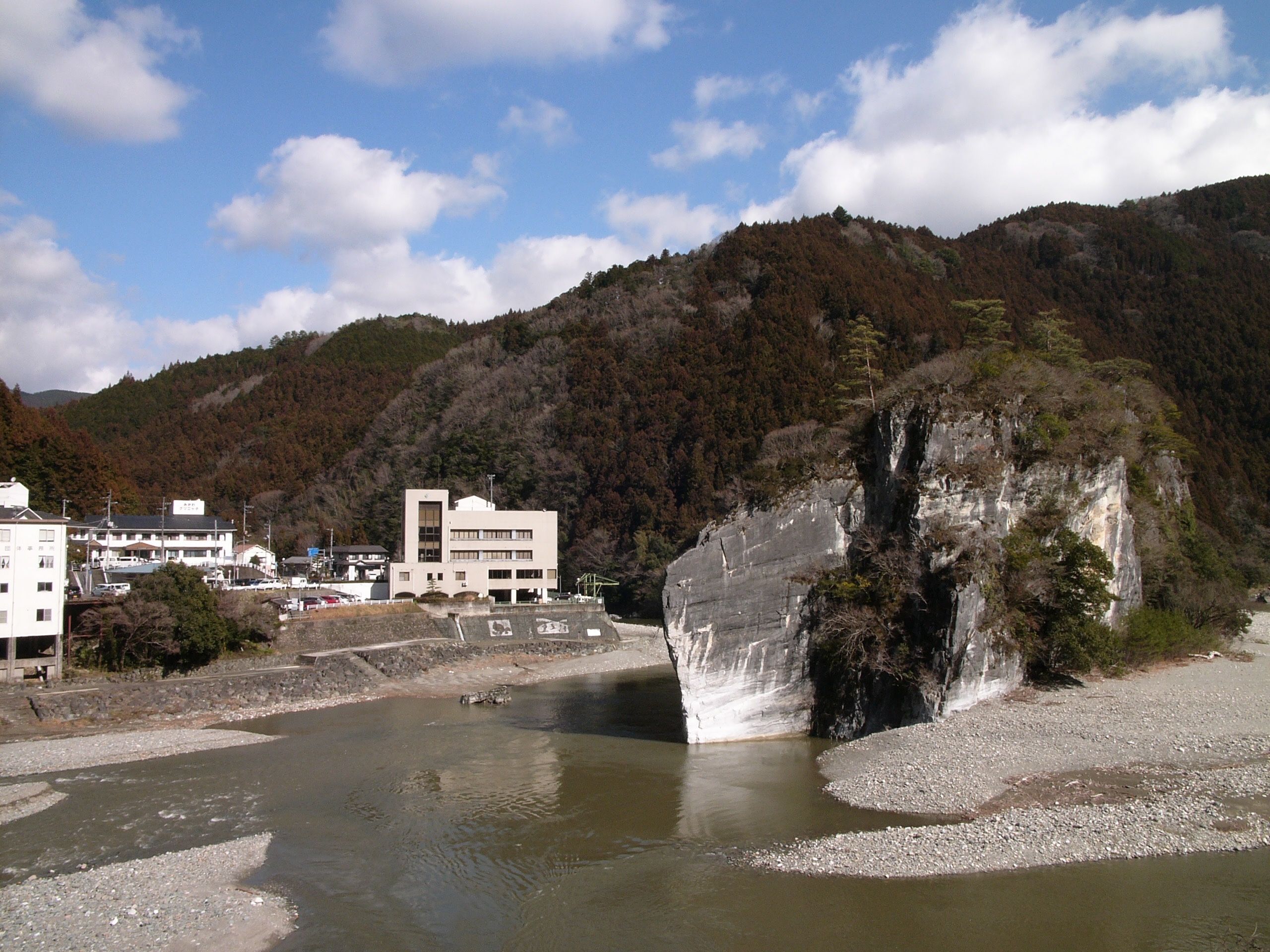
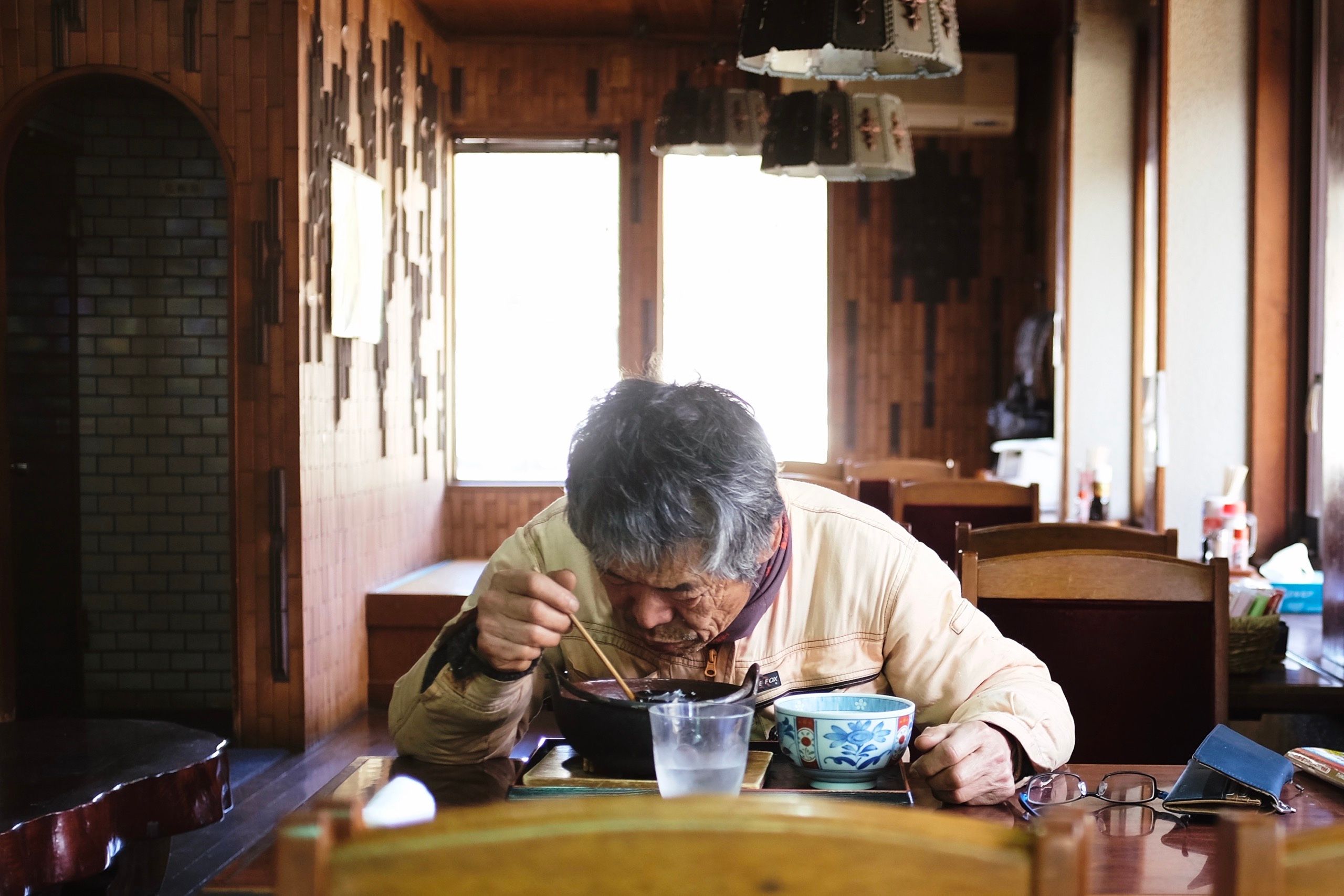
“But the bath was astonishing, a rarity nowadays, and only the second of its kind I had ever been in. It was a goemonburo — a round, brown, iron contraption, named after a sixteenth-century robber who was sentenced to be boiled alive in one,” Alan Booth wrote about his accomodations in the village of Mimido, where the Kuma River joins the Omogo at a battleship-shaped rock, and where, having inquired about lunch, I received, along with everyone else, a steaming bowl of gunkan udon — battleship noodles! — served in a round, brown, iron contraption. After a day and a half on cold rice, chocolate, and crackers, it would have served me fine as my last meal before being boiled alive, as it had perhaps served Goemon.
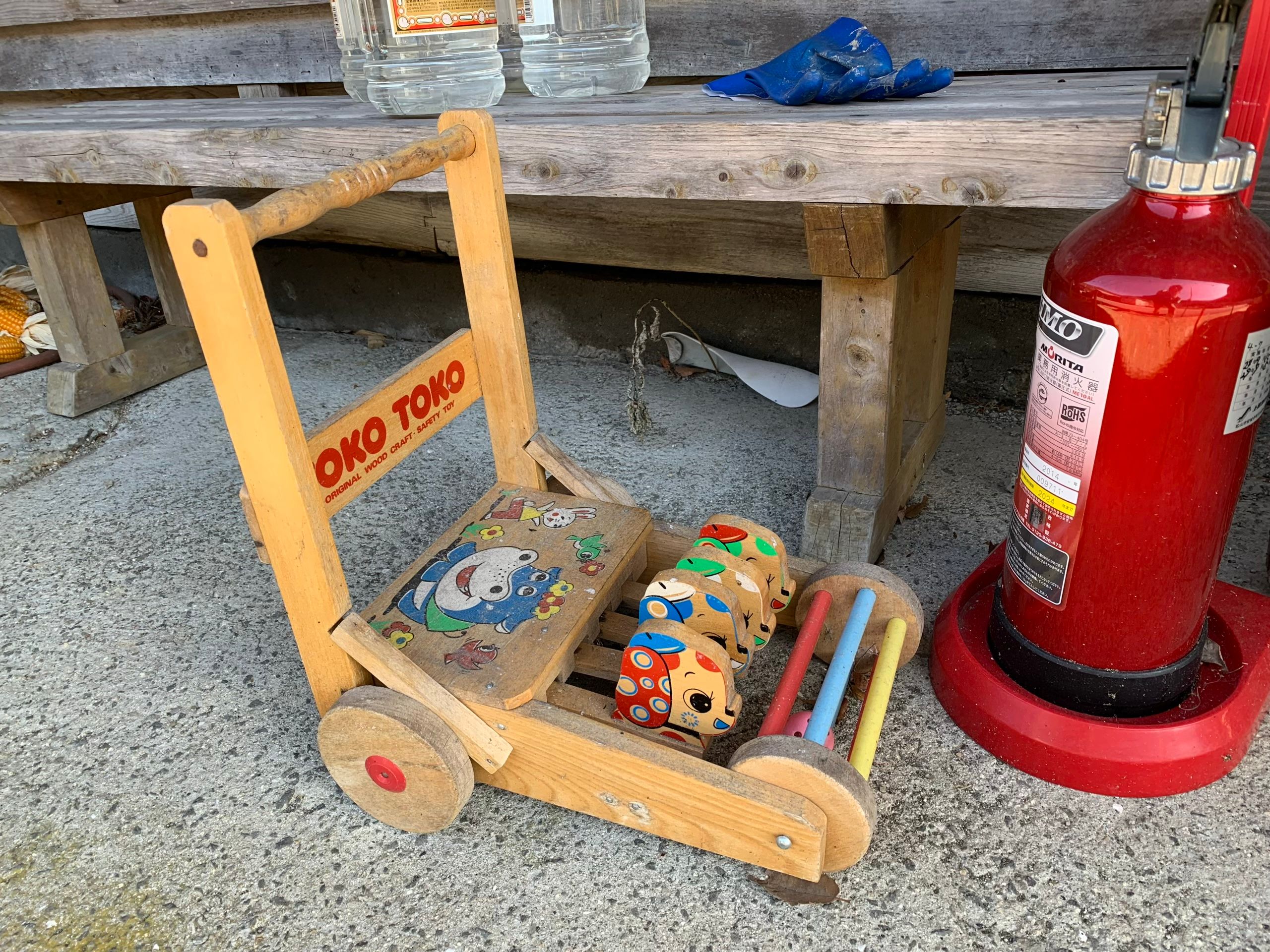
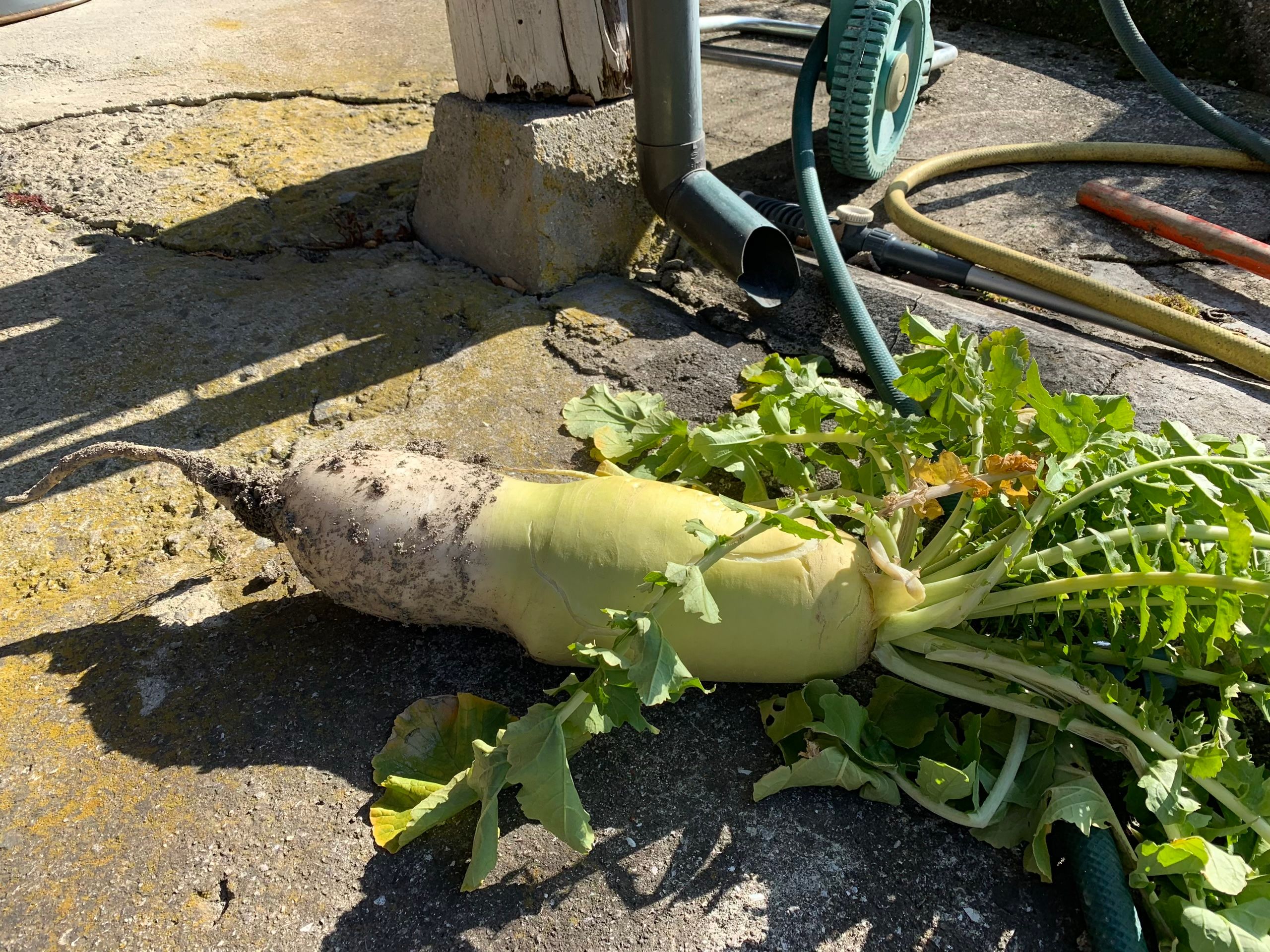
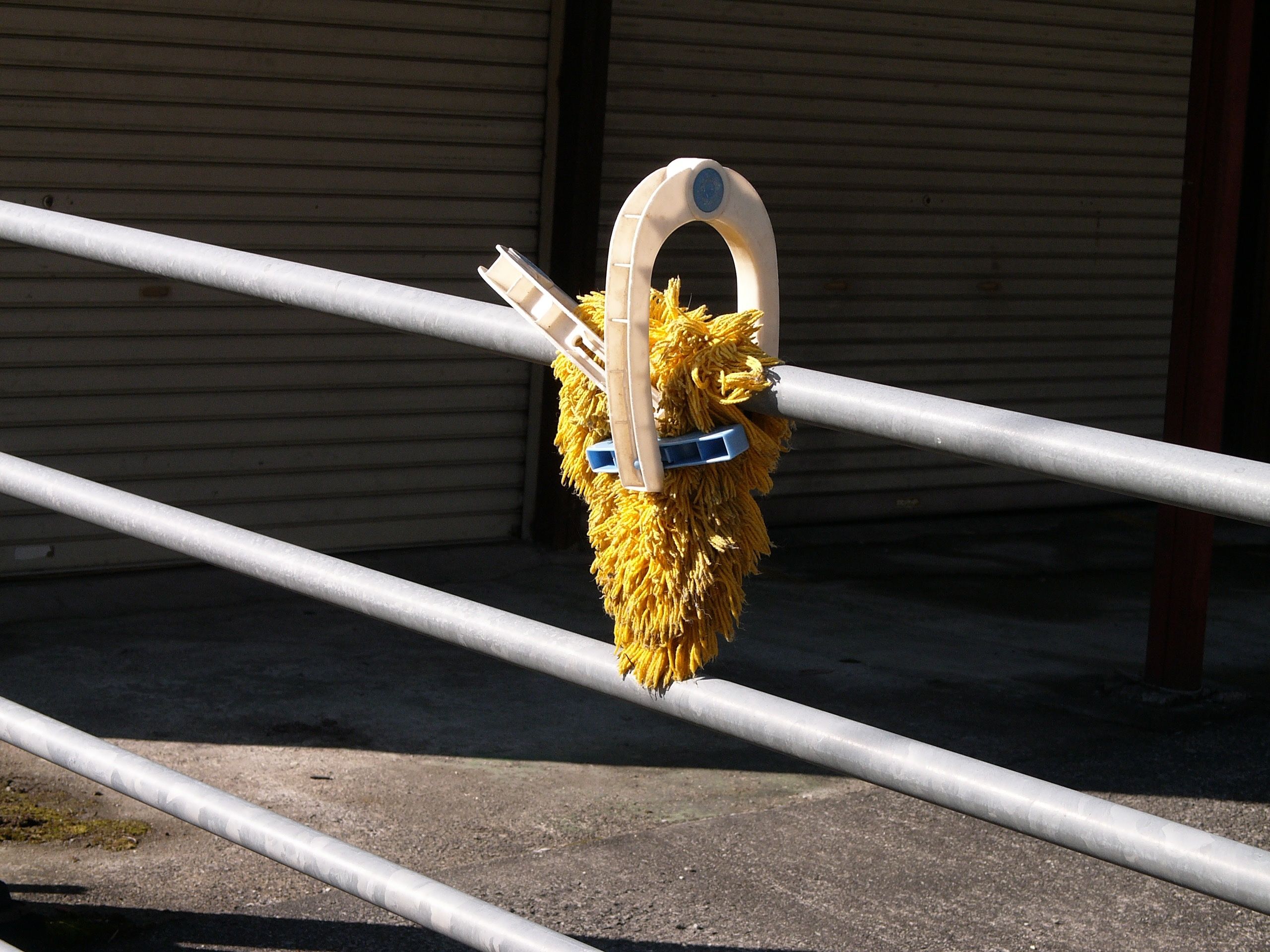
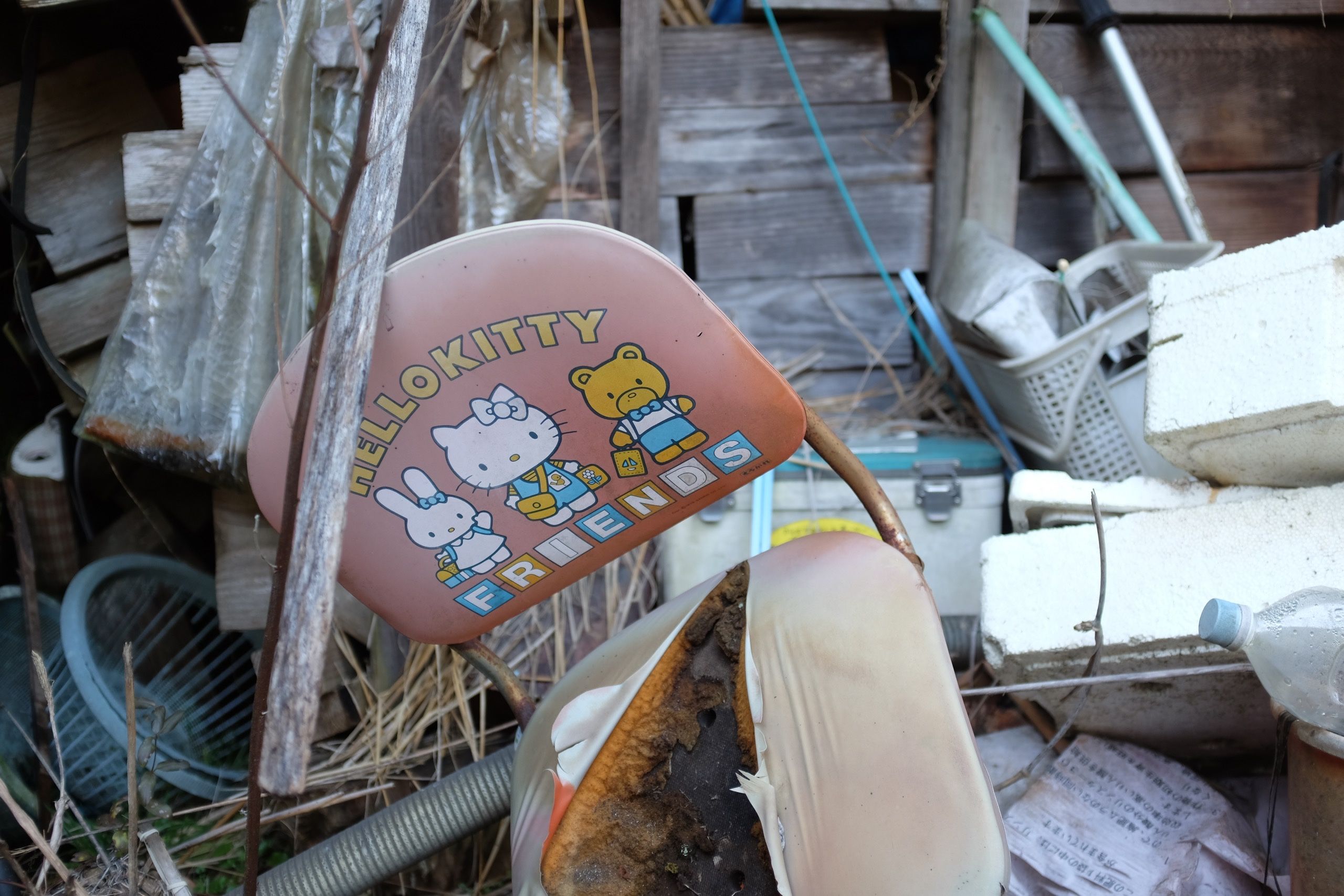
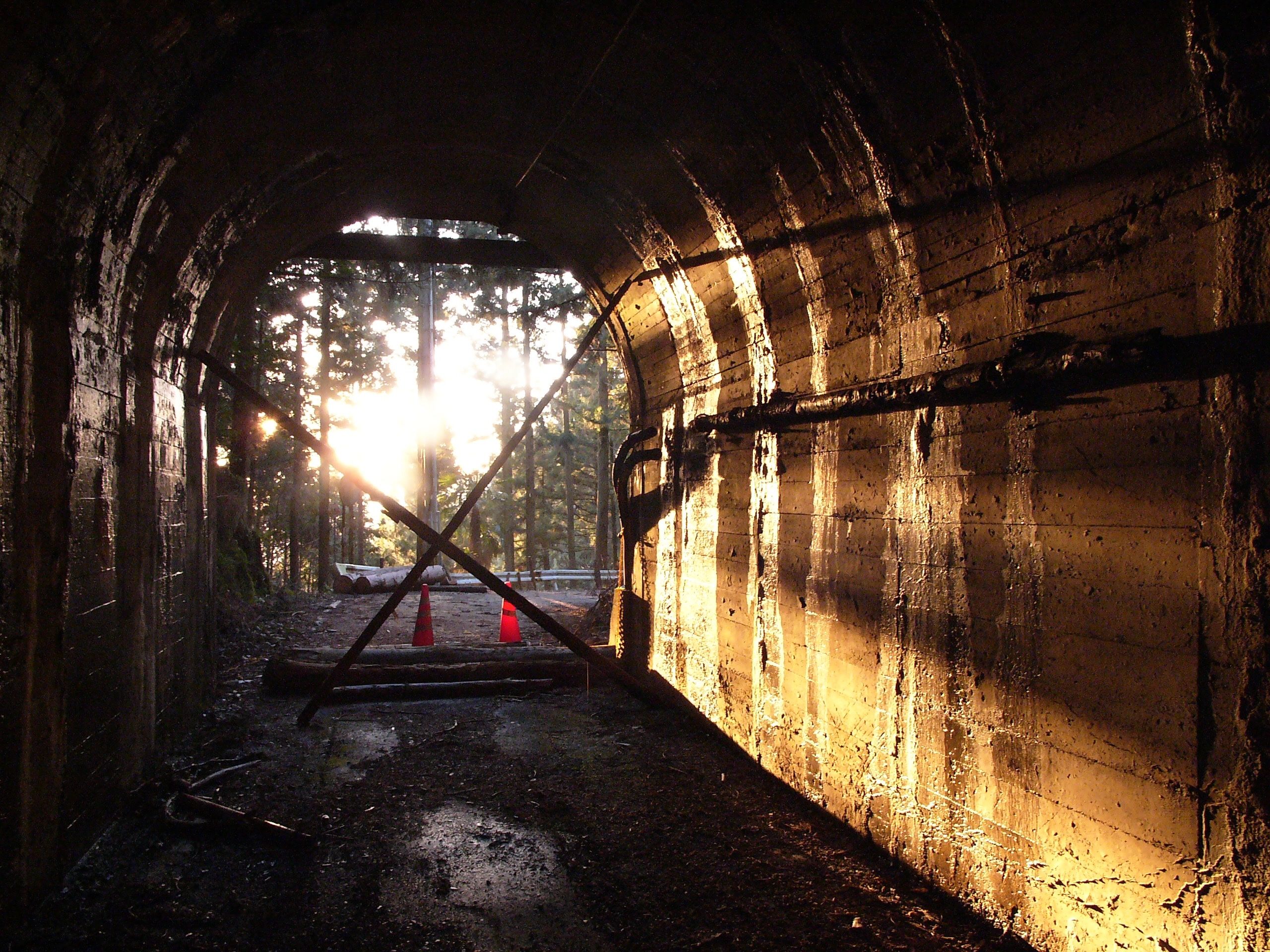
Alan Booth died a decade after he walked across Shikoku, and the roads he walked died with him. I followed his spirit across the virgin snows and the swirling clouds and the magnesium sun, I walked across abandoned villages and mountain passes and footpaths and finally this tunnel, closed and dripping and crumbling back into the mountain, silent. Past the forest, in the village of Oda, I crossed a sake shop with bottles on display and a half-eaten meal in the dining room, but no one to sell me a beer, and I stepped into a rambling, ravishingly beautiful Meiji-era townhouse, my skin translucent, my dreams on the tatami mats a synaesthesia of creaking floorboards and summers long past and the disembodied, cold light. I ate a single orange.
